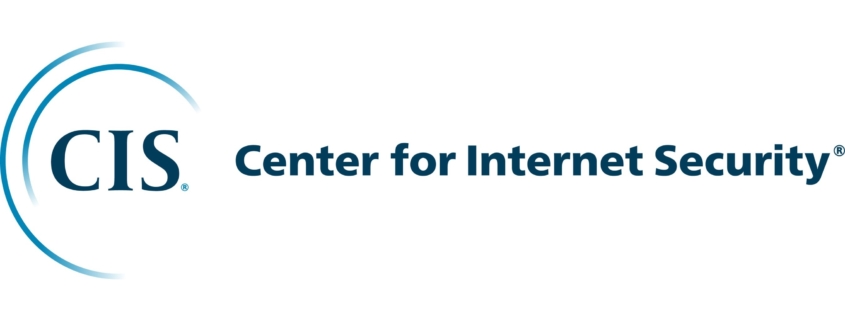Rose-Hulman Alumni To Be Recognized for Career, Community and Institute Service
Seven alumni will be recognized March 26 for their considerable career achievements, and service to their communities and alma mater, in the 2022 Alumni Awards ceremony at the Hatfield Hall Theater.
“Rose-Hulman has a long list of alumni with distinguished achievements at different stages in their careers,” said Rose-Hulman President Robert A. Coons. “Each year we’re proud to recognize a select group for applying the skills they learned on campus toward betterment within their professions and communities, while faithfully supporting the institute and its continued mission of educating tomorrow’s science, engineering and mathematics leaders.”
The Alumni Association is honoring the following alumni this year:
Honor Alumni Award
The association’s highest alumni award recognizes exceptional achievement in any career field, vocational and service to society.
John Elzufon: The 1968 chemical engineering alumnus is founder, senior litigator and managing director of the Elzufon Austin & Mondell law firm in Wilmington, Delaware. He specializes in professional liability defense, is the only attorney in Delaware selected by his peers as a “Top Attorney” for medical and legal professional liability defense, and has been elected to the American Board of Trial Advocates. In 2021, Elzufon was asked by the Delaware Supreme Court to update and revise the summary chapter of state law regarding medical malpractice. He originally worked as a chemical engineer with DuPont in Wilmington before attending and graduating from the Georgetown University Law Center in Washington, D.C. He returned to Delaware for his legal career. Elzufon has been involved in the Jewish community, serving as president of his synagogue and the Jewish Federation of Delaware, and as chair/member of the Jewish Community Relations Committee for 25 years. He also has been active in Common Cause and Delaware Guidance for Children and Youth, and was awarded the Governor’s Outstanding Volunteer Award and City of Wilmington’s Outstanding Accomplishment Award.
Justin Smith: The 2003 mechanical engineering graduate is a senior manager with SpaceX, recently leading the guidance,…



